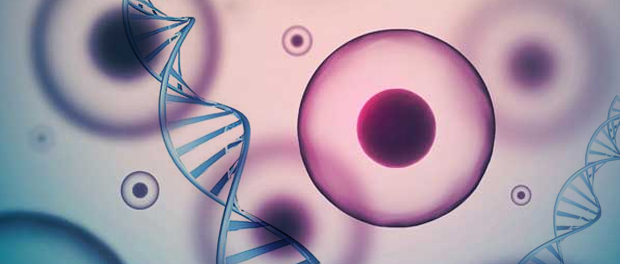
Can a gene direct embryonic stem cells (ESCs) to develop into one organ, while also serving to prevent it from becoming another? Researchers at the Agency for Science, Technology and Research (A*STAR) in Singapore used a technique known as chromatin immunoprecipitation to demonstrate this occurrence. They found that one particular human gene directs ESCs to develop into a pancreas but also, at the same time, it acts as a repressor by preventing the stem cells from turning into liver cells.
Understanding how embryonic stem cells develop into various cell types is gaining momentum in the field of epigenetics, as seen in a recent article covering how histone demethylation plays a role in turning stem cells into blood vessel cells. In the current study, the results could advance research towards growing pancreatic beta cells in a lab, potentially improving diabetes studies or perhaps even leading to treatment of certain diabetes cases.
As a PhD student in the US, Ray Dunn was first introduced to the Pdx1 (pancreatic and duodenal homeobox 1) gene in a lab in which they were inactivating the Pdx1 gene and discovering that, as a result, the mice did not develop a pancreas.
“Of course the mice died rapidly because, without the pancreatic beta cells that make insulin, they couldn’t regulate their blood glucose. It was really fascinating. How did inactivating one gene stop the organ from forming?”
Along with a group of researchers in Singapore at the A*STAR Institute of Medical Biology, Dunn has been looking at the PDX1 human gene and assessing the human embryonic stem cell’s ability to differentiate and form pancreatic cells.
Dunn recalls attempting to get stem cells to differentiate into beta cells during their experiment. They worked on activating PDX1 and turned it on at just the right moment in the right area.
Previous research has shown that PDX1 is considered a “master regulator” that can determine pancreatic fate. Regulatory genes like this one can control whether genes are turned on or off by producing DNA-binding proteins. Dunn’s objective was to determine to which genes the PDX1 protein was binding.
The team employed a common technique used in genetic and epigenetic research called chromatin immunoprecipitation, or ChIP, followed by sequencing (ChIP-Seq). Chromatin immunoprecipitation is a complex procedure that identifies protein-DNA binding sites. Pinpointing the genetic targets of DNA-binding proteins can help researchers understand cellular processes, including signal transduction, gene transcription, DNA replication and recombination, and epigenetic silencing. Sequencing after chromatin immunoprecipitation harnesses the power of massively parallel sequencing platforms like Illumina to map the exact binding sites across the entire genome to which the protein of interest is bound.
They determined the precise location at which PDX1 was binding to the DNA and which genes it was regulating. They found that several genes necessary for making a pancreas were activated by PDX1.
Surprisingly, the researchers also found that PDX1, although not expressed in the liver, “binds classic liver marker genes such as ALB, AFP, and TTR, which label hepatoblasts, the precursors to hepatocytes, in the developing mammalian embryo.” This led them to believe PDX1 may act as a repressor, preventing the expression of liver genes during development.
“So our simple hypothesis is that it is also acting as a repressor,” says Dunn. “This is interesting from a developmental biology point of view because the liver and the pancreas develop from the same embryonic germ layer in close proximity to one another.”
“PDX1 activates pancreatic genes and represses liver genes so it is helping the embryo to assign the right zip code for a particular organ,” Dunn explained. “This is the first time that PDX1 has been ‘rebranded’ as a repressor protein.”
Source: Teo A.K., Tsuneyoshi, N., Hoon, S., Tan, E.K., Stanton, L.W., Wright, C.V., Dunn. N.R. PDX1 Binds and Represses Hepatic Genes to Ensure Robust Pancreatic Commitment in Differentiating Human Embryonic Stem Cells. Stem Cell Reports. 4:578-590.
Reference: Medical Xpress. A master gene determines whether cells become pancreatic or liver cells. 15 Jul 2015. Web.


